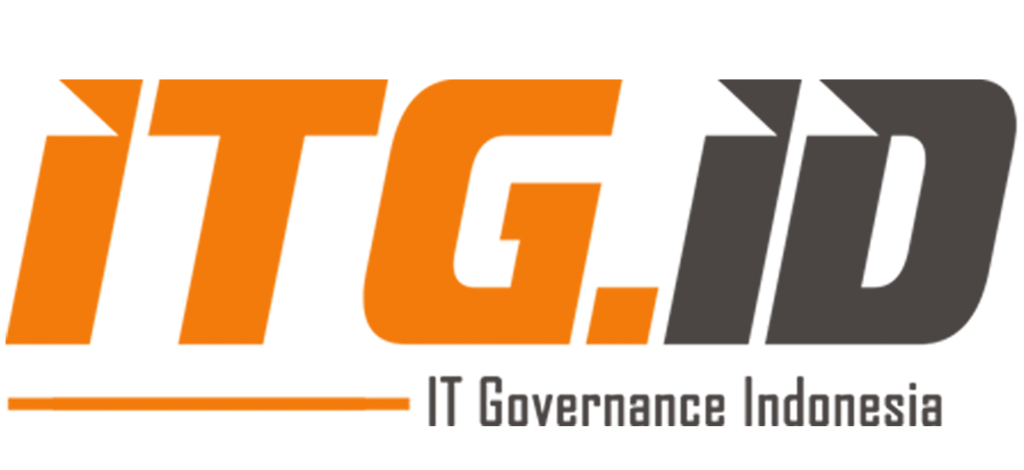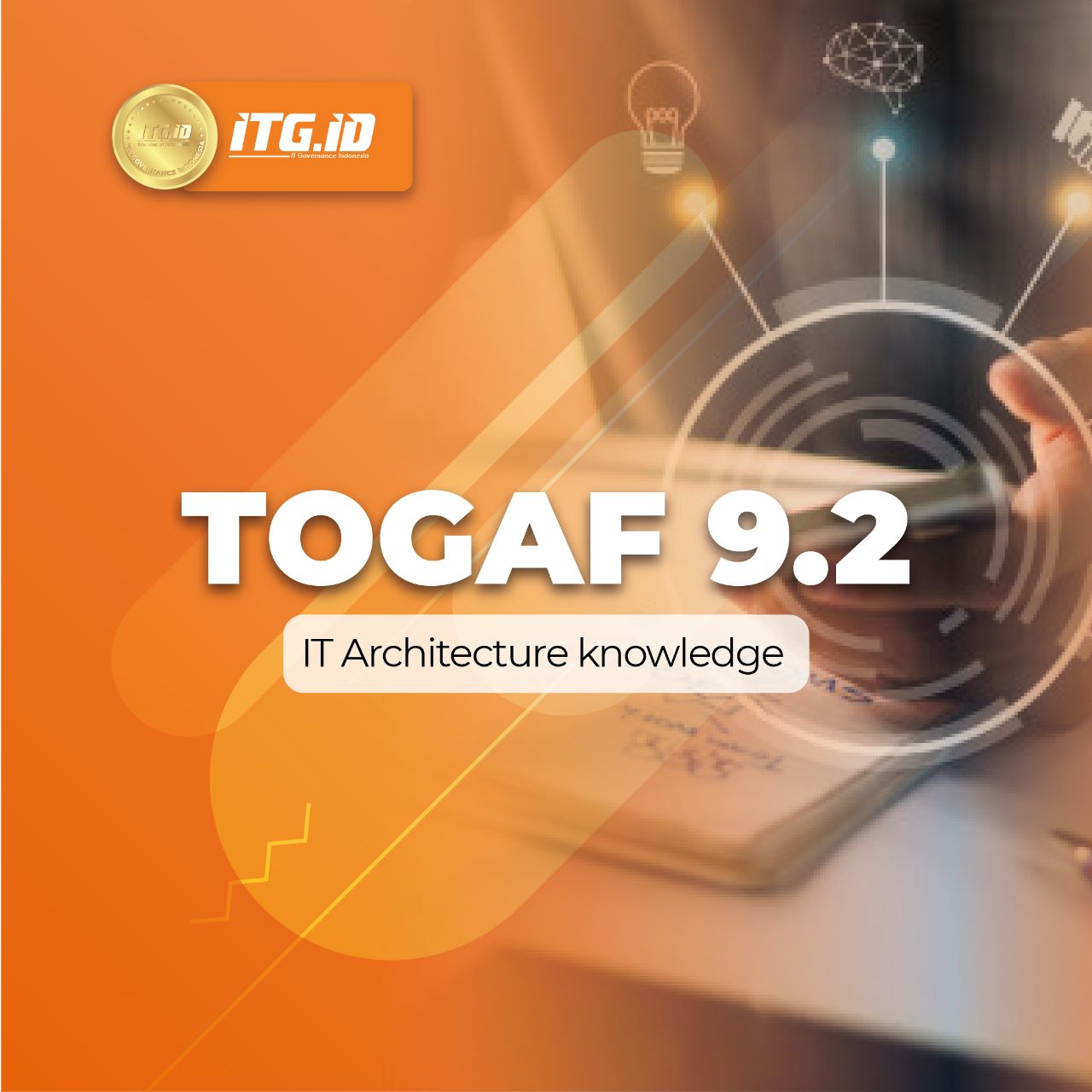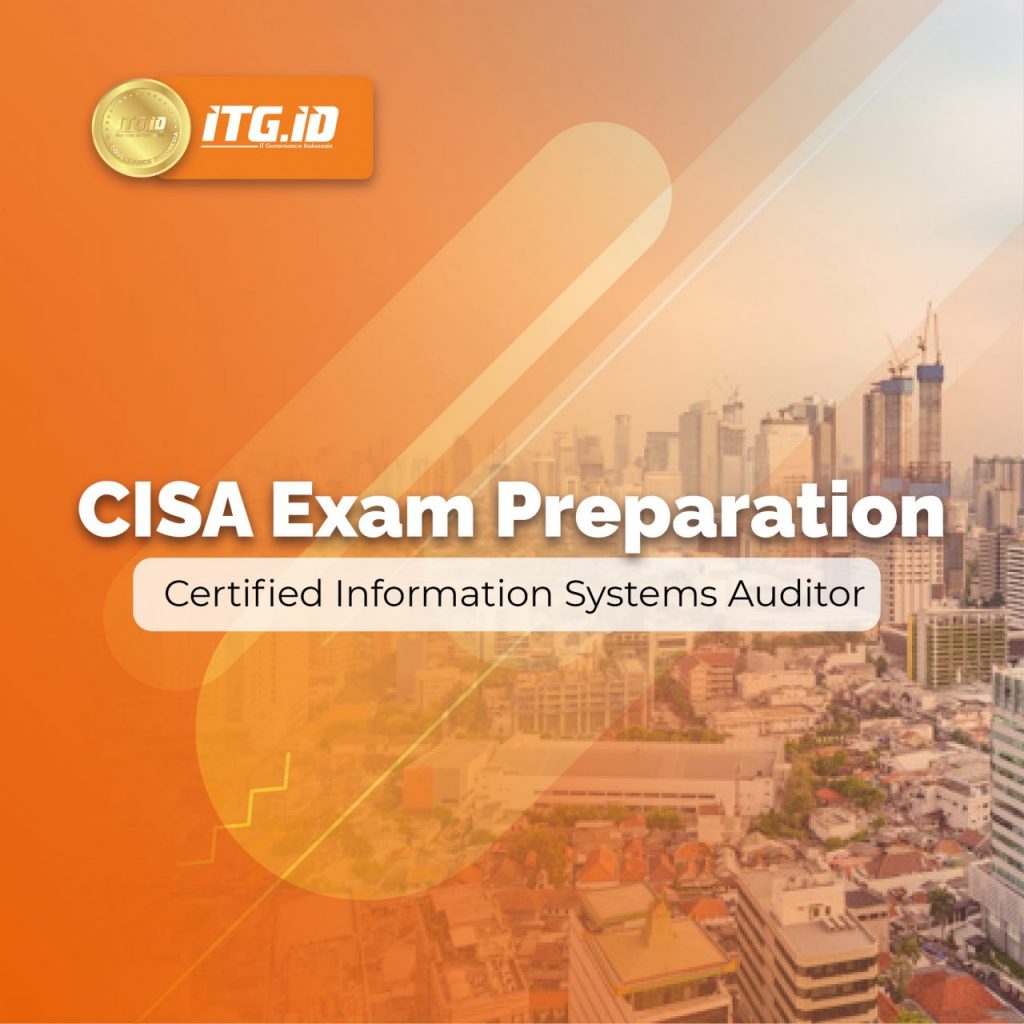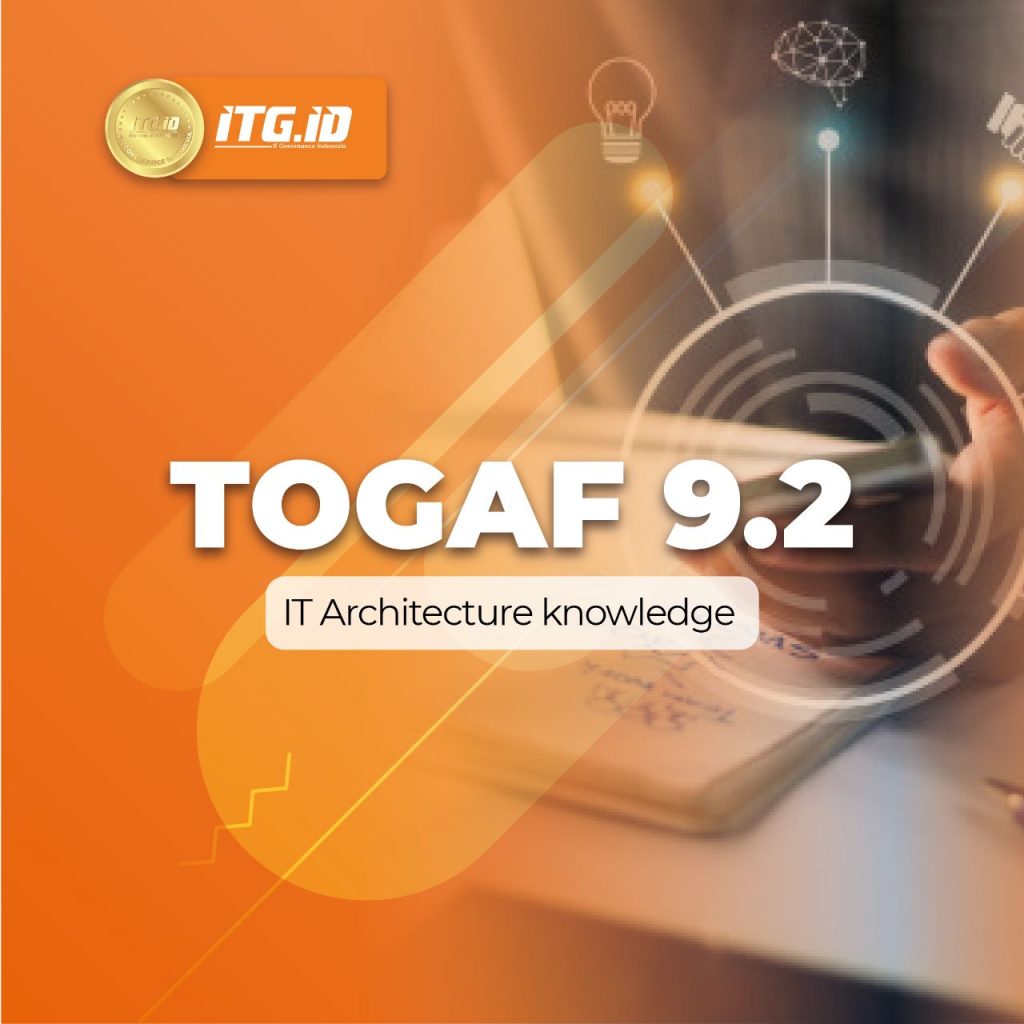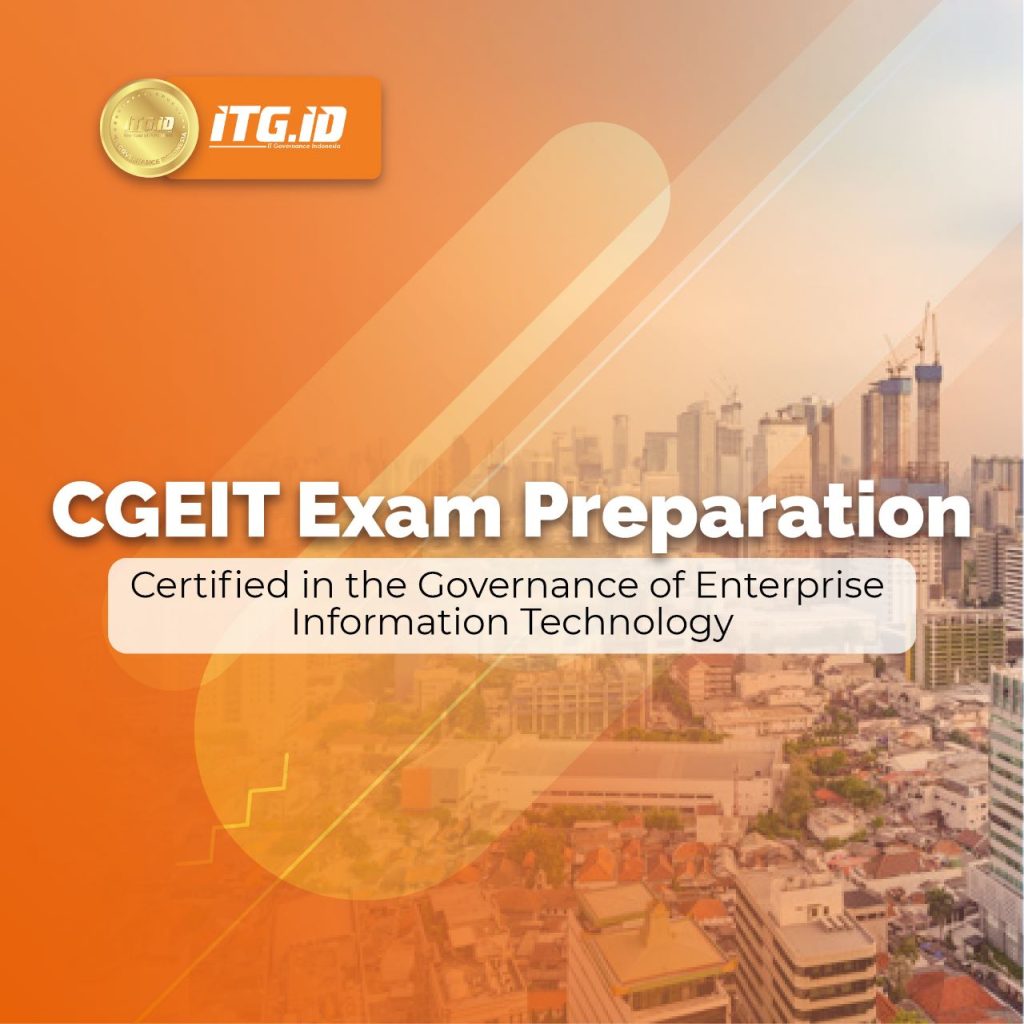The TOGAF® Standard, a standard of The Open Group, is a proven Enterprise Architecture methodology and framework used by the world’s leading organizations to improve business efficiency.
It is the most prominent and reliable Enterprise Architecture standard, ensuring consistent standards, methods, and communication among Enterprise Architecture professionals. Those professionals who are fluent in the TOGAF approach enjoy greater industry credibility, job effectiveness, and career opportunities. This approach helps practitioners avoid being locked into proprietary methods, utilize resources more efficiently and effectively, and realize a greater return on investment.
The TOGAF Standard, Version 9.2 has been redesigned and restructured into a smaller publication that includes separate guides, which will also be incorporated into the future TOGAF certification program. The core of the TOGAF framework remains the same in the new version of the standard with
enhancements to Business Architecture, and the Content Metamodel. There is also additional focus on Digital trends and business transformation beyond IT.
The Business Architecture content is supplemented with titles in the TOGAF Library, including guides on Business Capabilities and Value Streams. Security Architecture is enhanced with a guide in the TOGAF Library providing detailed guidance on how to integrate risk and security into a TOGAF Enterprise Architecture, including a detailed mapping on using the TOGAF framework together with the SABSA framework. Furthermore, the TOGAF Library contains industry reference models and practical guidance on how to use the TOGAF standard.
What You’ll learn
- Architecture Development Method (ADM) phases in the development of an enterprise architecture
- Architecture Governance in development of an enterprise architecture
- TOGAF Architecture Content Framework
- Building Blocks concept
- Stakeholder Management Technique
- TOGAF Content Metamodel
- TOGAF recommended techniques when developing an enterprise architecture
- TOGAF Technical Reference Model and how to customize it to meet an organization’s needs
- Integrated Information Infrastructure Reference Model
- Key deliverables of the ADM cycle
- Partition an enterprise architecture to meet the specific needs of an organization
- Architecture Repository
- Apply iteration and different levels of architecture with the ADM
- Adapt the ADM for security
- SOA as a style of architecture
- Architecture maturity models in developing an enterprise architecture
- wArchitecture Skills Framework and how to apply it within an organization
Audience
- Individuals who require a deeper understanding of TOGAF 9.1
- Professionals who are working in an organization where TOGAF 9.1 has been adopted
- Architects who will be responsible for developing architecture artifacts
- Architects who wish to introduce TOGAF 9.1 into an architecture practice and who want to achieve a recognized qualification to demonstrate their detailed knowledge of TOGAF 9.1
Course Outline
- Management
- The TOGAF 9 Components
- Architecture Development Method
- The Enterprise Continuum
- The Architecture Repository
- The Architecture Content Framework
- The Architecture Content Metamodel
- The Preliminary Phase
- Architecture Governance
- Business Scenarios
- Stakeholder Management
- Architecture Views and Viewpoints
- Building Blocks and the ADM
- Architecture Implementation Support Techniques
- Phase A: Architecture Vision
- Phase B: Business Architecture
- Catalogs, Diagrams, and Matrices
- Phase C: Information Systems Architectures
- Data Architecture
- Catalogs, Matrices, and Diagrams
- Applications Architecture
- Catalogs, Matrices, and Diagrams
- Data Architecture
- The Integrated Information Infrastructure Reference Model
- Foundation Architecture
- Phase D: Technology Architecture
- Catalogs, Matrices and Diagrams
- Migration Planning Techniques
- Phase E: Opportunities and Solutions
- Phase F: Migration Planning
- Phase G: Implementation Governance
- Phase H: Architecture Change Management
- ADM Requirements Management
- Architecture Partitioning
- Guidelines for Adapting the ADM:
- Iteration and Levels
- Security
- SOA
- Architecture Maturity Models
- Architecture Skills Framework
- Case study
- Exercise
